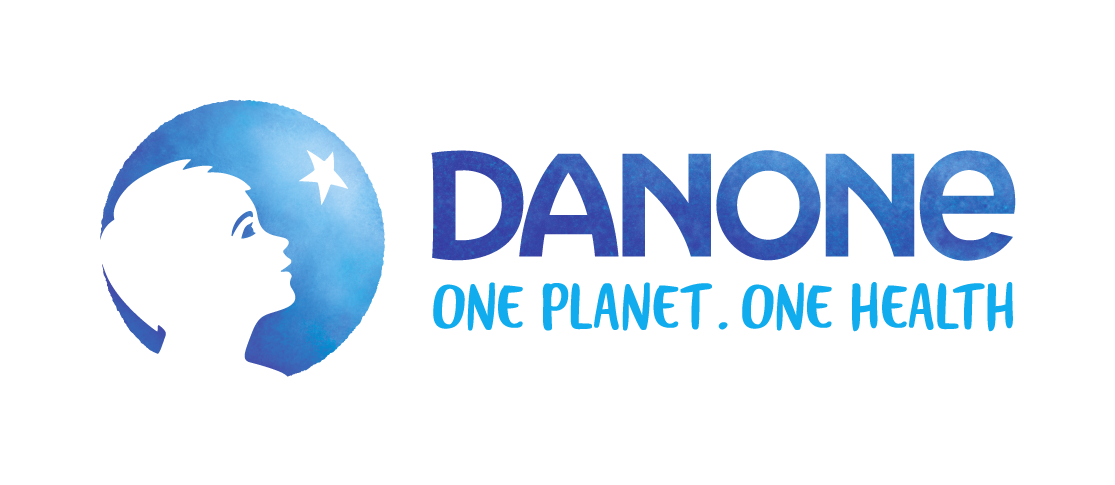
Water assessment
Everything is connected to water
In 2018, we conducted a detailed risk assessment on fresh milk, focusing on a supply chain that spans 19 countries and over 8,000 farmers and collection centres.
Water assessment
 Planet
Planet
Everything is connected to water
Soil health, animal welfare, biodiversity, milk production — everything is connected to water.
A lack of water has consequences all across the supply chain. It directly impacts dairy production, soil health and biodiversity. It drives up the costs of feed and lowers the amount of milk produced.
Understanding water stress
In 2018, we conducted a detailed risk assessment on fresh milk, focusing on a supply chain that spans 19 countries and over 8,000 farmers and collection centres.
All over the world, there are zones where water scarcity and water stress are becoming a problem.
We started by mapping these areas. And looking for solutions that could support farmers working there. We now have 5 priority zones for better water management: the USA, Mexico, Russia, France and Southern Europe, and North Africa.
Danone identified 34% of our partnering milk farms as being in areas of high water stress.
Learn more about the Aquaduct Water Risk Assessment tool

Danone chooses to act locally
At a farm-level
Where we support programmes that improve soil health.
At a landscape level
Where we, together with other stakeholders, use the existing landscape to benefit farmers.
Optimising water usage
We started developing various regenerative agriculture projects to support farmers in reducing water usage while improving yields. It’s all part of our global water policy.
With the help of scientific research, we’re optimising our fertilizer usage, recycling and making sure buffer zones are in place. No solution solves everything. But many small things can have a huge impact. Every farmer and every region has its own specific needs, and for every need, there is a project.
- – Installing probes on farms to monitor water usage
- – Updating irrigation systems
- – Automating water distribution based on real-time soil data
- – Using watersheds to help many stakeholders
- – Improving soil health to help it hold water longer
- – Moving towards pasture-based farming where possible
- – Recycling the water used on farms
With the Aqueduct Water Risk Atlas developed by the World Resources Institute






